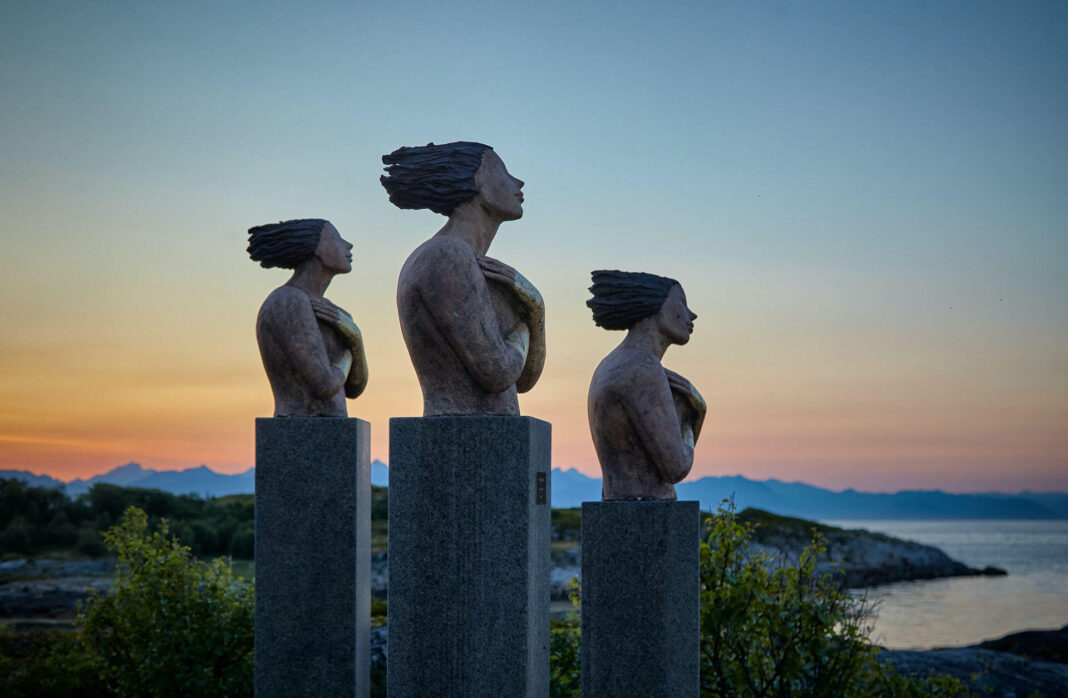来自伊朗的街头艺术兄弟组合 Icy & Sot,以其极具政治性与人文关怀的作品在国际艺术界引起广泛关注。他们通过涂鸦、装置和剪影艺术表达对战争、自由、移民、环境等议题的看法。在一次访谈中,两人分享了他们对艺术的理解——艺术不只是美的创造,更是对社会现象的回应与质疑。他们表示,成长于受限制的环境让他们格外重视“表达”这件事,每一幅作品都是在为沉默者发声。无论是用铁丝网剪出自由的鸟,还是在废墟上绘出希望的剪影,他们始终坚持用视觉语言唤起人们对不公与压迫的反思。Icy & Sot 的艺术充满诗意,却从不软弱,他们以兄弟之力,将艺术变成武器,也变成桥梁,连接世界、传递信念。
Usually when a museum is flooded with water, something has gone seriously wrong. But at the Fondation Beyeler just outside the Swiss city of Basel, the flooding of the museum is all part of the show: a new site-specific installation called Life by the Danish-Icelandic artist Olafur Eliasson.
The artist has removed one side of the Renzo Piano-designed building (with the architect’s blessing) and let the feature pond—usually separated from the climate-controlled interior by a large glass wall—into the museum. Visitors can navigate the waters, which are up to 80cm deep, using a series of walkways that run in and out of the building. At night, the interior is lit up with blue light.

Eliasson has also dyed the water a fluorescent green and filled it with pond plants, including water lilies and shellflowers selected by the landscape architect Günther Vogt. The water has been coloured using uranine, an organic dye that is commonly used to observe water currents, and which Eliasson has used previously for his Green River (1998) work where he dyed rivers in cities such as Stockholm, Tokyo and Los Angeles.

In an accompanying artist statement, Eliasson writes: “Together with the museum, I am giving up control over the artwork, so to speak, handing it over to human and non-human visitors, to plants, microorganisms, the weather, the climate—many of these elements that museums usually work very hard to keep out.”
The southern side of the building will be open to the elements for the duration of the show, which ends in July. Eliasson writes that “even if no human visitors are in the space, other beings—insects, bats, or birds, for instance—can fly through or take up temporary abode within it.” This possibility is very much part of the work, with the artist adding that when he first spoke to the museum’s director Sam Keller about ideas for the show, he thought to himself: “Why don’t we invite everyone to the show? Let’s invite the planet—plants and various species”.
The show is open 24 hours a day. “Visitors can access the installation at any time. After 9.30pm they do not need a ticket,” says a spokeswoman. She adds that, in terms of non-human visitors, so far there have been “insects, spiders, ducks, a goose and cats.”


